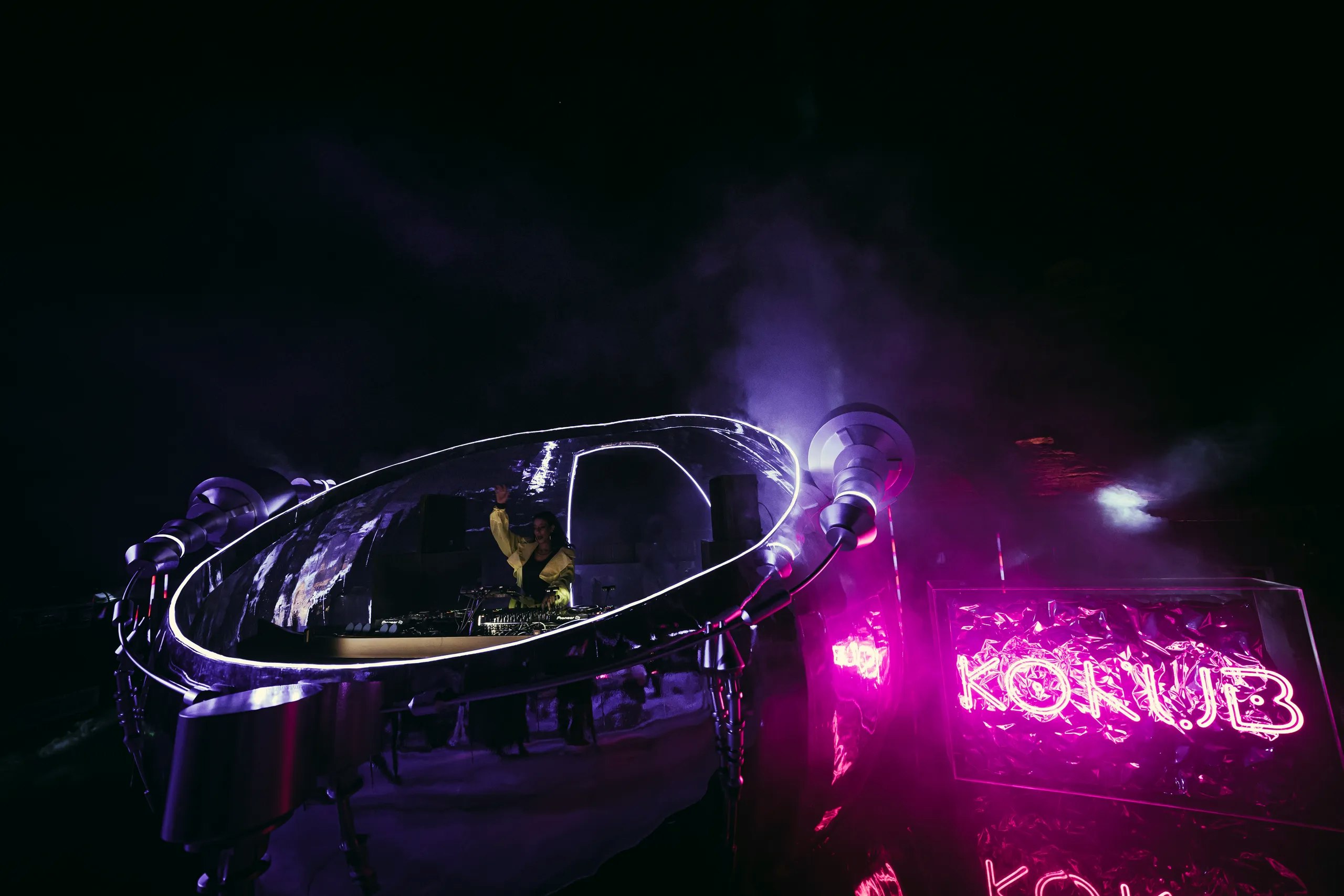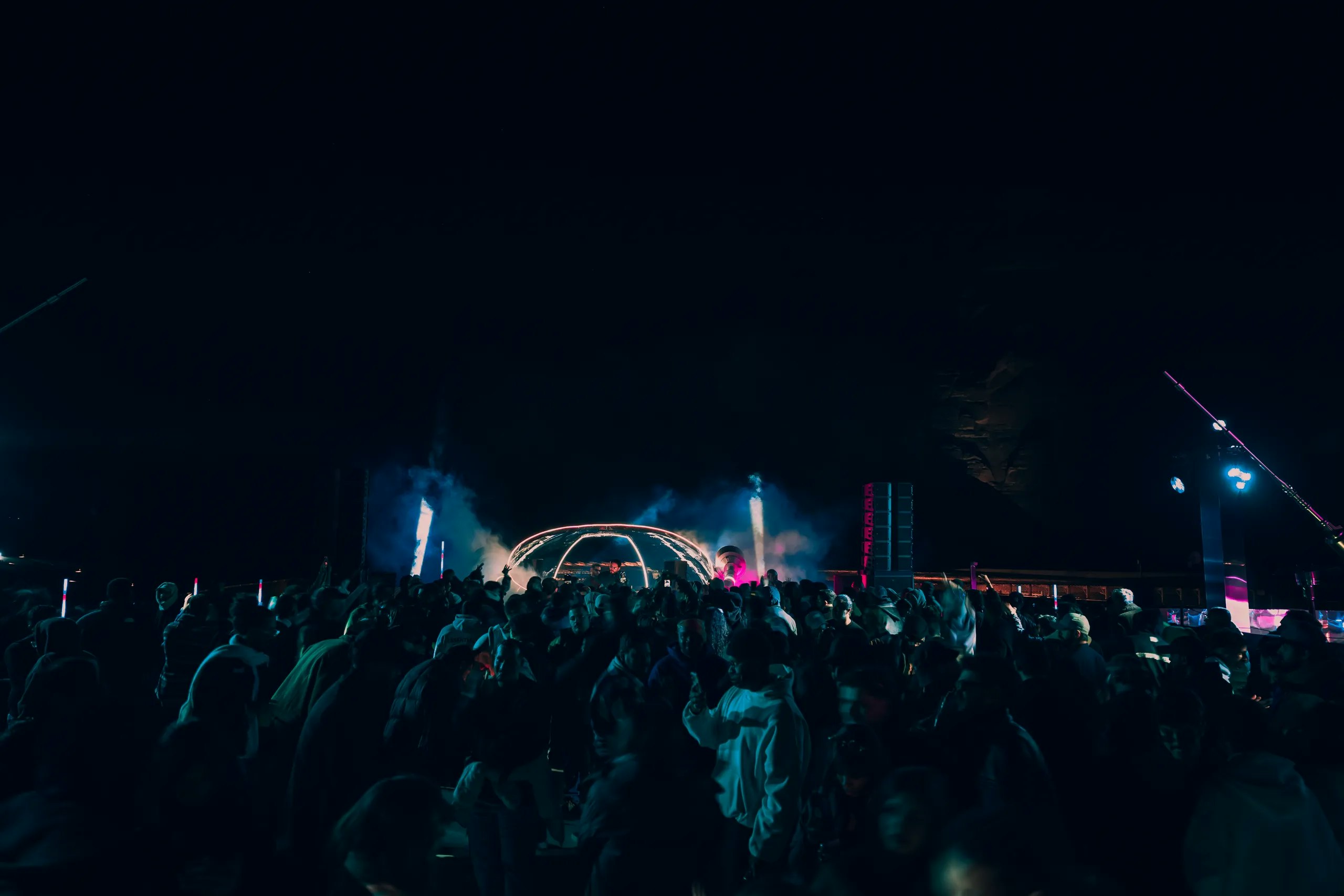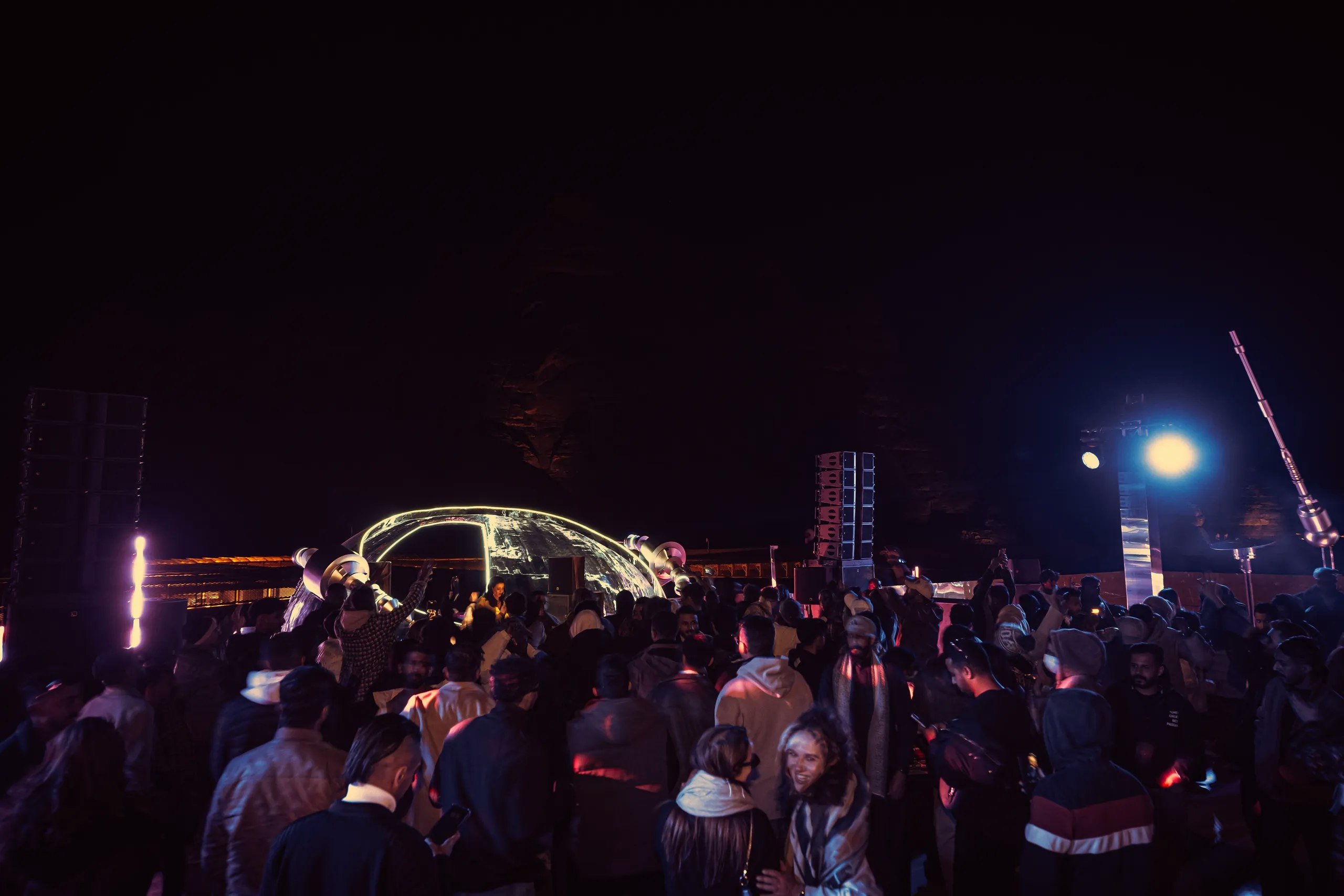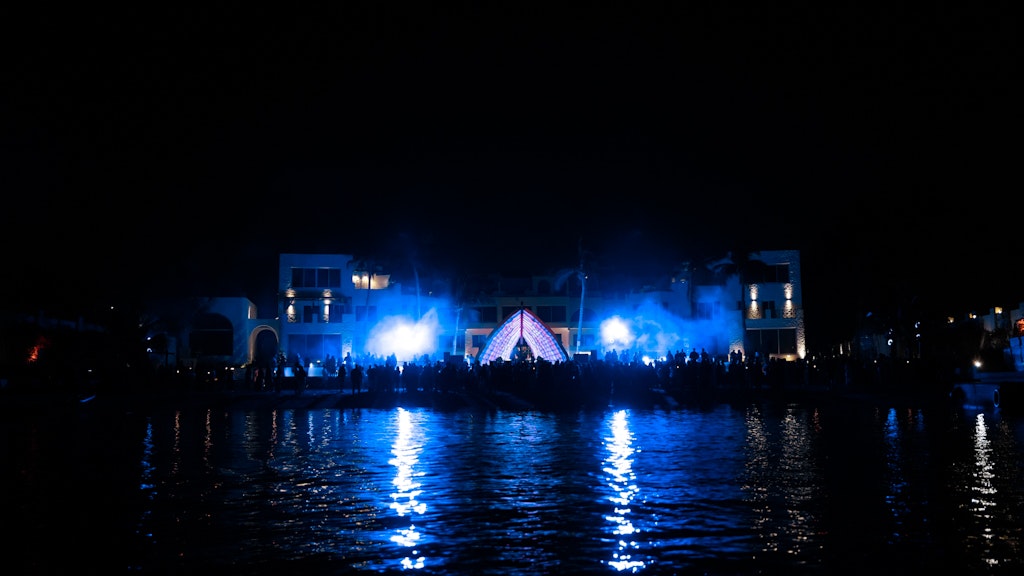
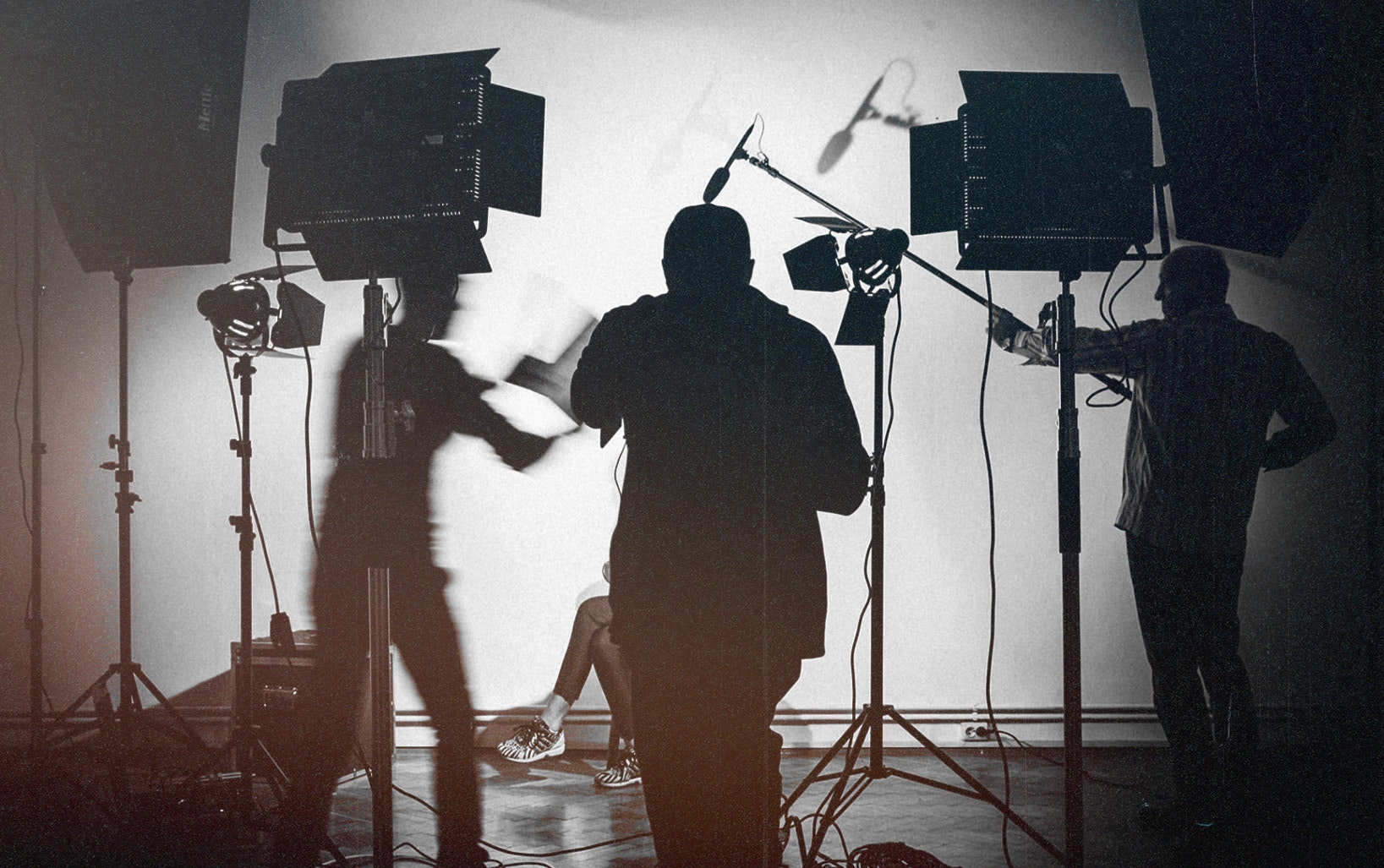
DIY Music Video Toolkit: 6-Step Framework for Emerging Artists
By Sara Wael
May 25 2025
DIY Music Video Toolkit: 6-Step Framework for Emerging Artists
By Sara Wael
May 25 2025
Over the years, music videos have played a crucial role in bringing artists’ music to life — telling their stories, amplifying their emotions, and creating unforgettable visual worlds. Today, a new generation of filmmakers across the Arab region is pushing the boundaries of what’s possible, even with limited resources.
We sat down with several insightful voices in this field — including Majid Al Esa, Music Director at 8ies, Dony, Soulja’s manager & Co-founder and head of label at SVNBIRDS, Ibrahim Bin Taleb, Director and DOP who worked with Dafencii X Khayyat on ‘King AlHalaba’ and Kali-B, Singer, Song-writer and Producer, to learn how they continue to innovate the craft of DIY music video production. Their insights form the foundation of this 6-Step DIY Music Video Toolkit, designed to help emerging artists create powerful videos on any budget.
1. Concept & Storyboard
The first step is developing a clear concept and visual plan. This is the foundation of your video — the core idea and emotion you want to express. For Majid Al Esa, everything begins with the idea itself. “A strong idea doesn’t need a big budget to stand out,” he says. “I search for the essence of the song and think about how I can express it in the simplest way possible.” Ibrahim Bin Taleb echoes this sentiment, emphasizing that a solid story leads the way, “Having a solid concept and story narrative will lead you to set the direction, storyboard, styling, and keep all the team aligned.”
2. Gear Essentials on a Budget
Once the concept is locked, the next step is figuring out what gear you actually need — and how to make the most of what you already have. Al Esa believes that gear is just a tool; how you use it matters more than how expensive it is. “Even with basic equipment, you can get high-quality results by focusing on composition, natural lighting, and camera movement,” he explains. “Sometimes I use old lenses or ambient lighting to give the video a unique, textured feel.”
Dony shares the same mindset, stressing the importance of human talent over hardware. “Prioritize people over gear,” he says. “A skilled DOP and a gaffer can completely elevate your shot”. He adds that decisions about gear should always be made with practicality in mind — whether it’s shooting on phones, renting, or using personal equipment.
3. Look & Style
The third step is all about crafting a distinct visual style for the music video through color choices, wardrobe, locations, and the overall atmosphere. Rather than relying on big budgets, many creatives emphasize the importance of collaboration and chemistry on set, and believe that when everyone on the team is aligned with the vision, from the cinematographer to the sound designer, the creative process flows more naturally and the final product feels more cohesive.
Kali-B highlights this “You can have all the technical skills in the world, but if the energy’s off, it’ll show”, adding that limited resources can sometimes lead to creative breakthroughs; “When resources are tight, I focus on the core emotion or story I want to get across. I strip away anything that feels extra and find clever ways to make simple things hit harder”.
4. Editing & Post-Production
After filming comes the editing — the stage where the story truly comes together. Dony recommends involving the editor early on, even during the shoot. “This not only improves the creative workflow, but it also helps significantly cut down on the post-production costs.” He also points out “I leaned into natural aesthetics — shooting in outdoor locations and using available environments to create mood and texture”, which can also be more cost-efficient.
In addition, Kali-B adds “I think limitations push you to be more creative”, seeing them as a chance to think differently and approach the work in unexpected ways.
5. Promotion & Distribution
Finally, once your video is done, it’s time to put it out into the world. Promotion is just as important as the production.
Kali-B encourages artists to take that first step, reminding them that momentum and consistency are key; “Don’t wait for the perfect moment. The world respects momentum and authenticity more than perfection”, adding “if your vision is real, people will feel it, no matter how small or simple the production is”.
6. The Power Of Connections
The people around you can be just as important as your idea and gear, and using your connections in the right way can take your music video to a whole new level.
Ibrahim Bin Taleb shares how having the right energy on set keeps him grounded “Having positive friends around me on set makes it less stressful to work.” As for for Majid Alessa, relationships go beyond logistics — they’re the foundation of meaningful collaboration, “Relationships are extremely important — not just to make production smoother, but to build a team that truly believes in your vision,” adding that “When you’re working with a cinematographer, sound engineer, or even actors who understand your taste and share your excitement, the outcome is always stronger”.
There isn’t one size fits all formula for creating a great music video — and that’s what makes the DIY spirit so powerful. Across the region, emerging artists are using their voices and resources to shape honest, original visual worlds. So, the takeaway here is; trust that your story is worth telling — no matter what gear you’re using or what your budget is. If the vision is real, the rest will follow.
Share this
